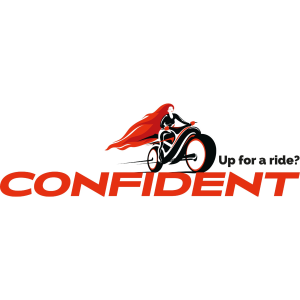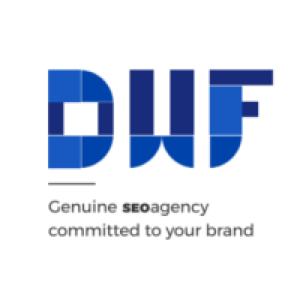I first met Yonathan Dominitz in October 2013, when he came to our country to sustain a training about creativity for the Romanian agency Lowe & Partners. GolinHarris was gracious enough to arrange a meeting with the Founder of Mindscapes, with whom I had planned to discuss the ins and outs of creative thinking, the mind boggling tools that inspire innovation and the patterns behind fresh and effective advertising campaigns. Mindscapes is a company completely dedicated to understanding the thinking patterns that had led to some of the most noteworthy commercials ever to win a creativity award. Founded back in 2006, the company has uncovered over the years a series of twelve tools that help think up successful advertising campaigns. This is what I had in mind when talking to Yonathan Dominitz.
12 creative thinking tools extracted from award-winning advertising campaigns (Part 1)

Aboneaza-te pentru a avea acces la acest articol
Aboneaza-te la newsletterul IQads cu cele mai importante articole despre comunicare, marketing si alte domenii creative:


























